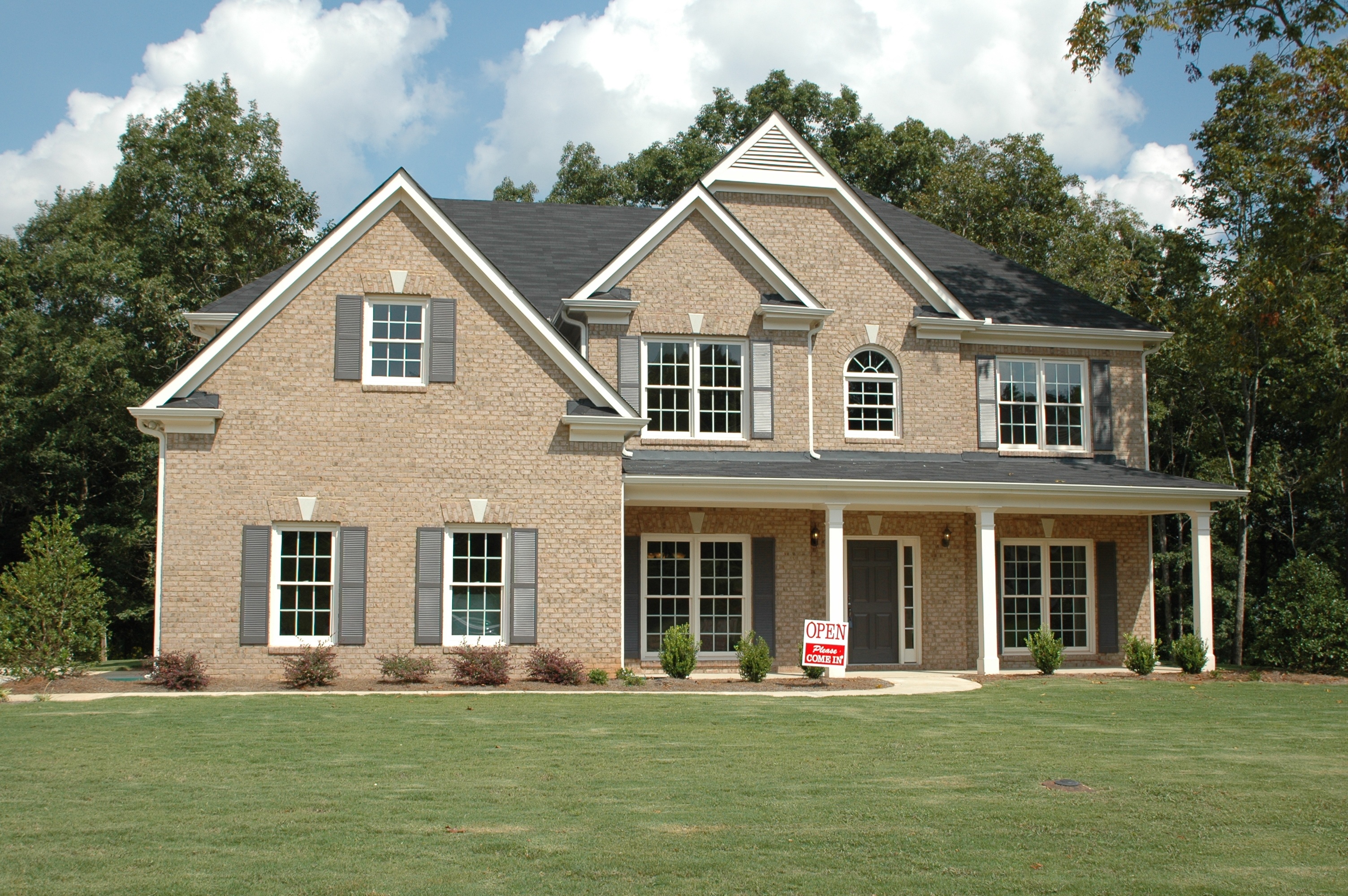Case-Shiller: Home Price Growth Mixed for September
 September’s 20-City Housing Market Index from Case-Shiller showed signs that rapidly rising home prices in some metro areas may be losing momentum. San Francisco, California, posted a month-to-month reading of -0.40 percent and a year-over-year reading of 5.70 percent. Home prices stayed flat in Seattle Washington from August to September, but posted the highest home price gain of 11.00 percent year-over-year. Slowing home price growth in high-demand areas suggest that affordability concerns are impacting rapid gains in home prices seen in recent years.
September’s 20-City Housing Market Index from Case-Shiller showed signs that rapidly rising home prices in some metro areas may be losing momentum. San Francisco, California, posted a month-to-month reading of -0.40 percent and a year-over-year reading of 5.70 percent. Home prices stayed flat in Seattle Washington from August to September, but posted the highest home price gain of 11.00 percent year-over-year. Slowing home price growth in high-demand areas suggest that affordability concerns are impacting rapid gains in home prices seen in recent years.
Case-Shiller’s National Home Price Index achieved its highest gain with a reading of 5.50 percent as compared to August’s reading of 5.10 percent.
Year–over–Year: Western U.S. Holds Highest Gains in Home Prices
In addition to Seattle’s year-over-year home price growth rate of 11 percent, Portland, Oregon closely followed with a year-over-year reading of 10.90 percent. Denver, Colorado rounded out the top three cities in the 20-City Home Price Index with a year-over-year growth rate of 8.70 percent. September was the eighth consecutive month that the top three cities held their places in the 20-City Index. Case-Shiller’s 20-City Home Price Index posted a year-over- year gain of 5.10 percent.
September Home Prices Cap Recovery, Usher in New Progress for Housing Market
According to David M. Blitzer, Chairman of S&P Dow Jones Index Committee, September’s record national reading for home prices marks a transition from housing recovery to “the hoped for start of a new advance.” Mr. Blitzer cited recent data on sales of new and pre-owned homes and said that housing starts reached a post-recession peak.
September’s peak in national home prices was 0.10 percent above the pre-recession peak set in 2006. Adjusted for inflation, the September peak remains approximately 16 percent below the pre-recession peak. During the recession, national home prices reached a trough that was 27 percent lower than Case-Shiller’s September reading. Analysts expressed some caution and noted headwinds to housing markets including slower-than-normal rates of homes construction, higher mortgage rates and strict mortgage approval requirements.

 According to the National Association of Home Builders Housing Market Index for November, builder sentiment was unchanged at a reading of 63. Readings above 50 indicate that a majority of builders are confident about housing market conditions. Readings for three sub-indexes used to calculate the Housing Market Index Readings for builder confidence in current market conditions and market conditions within the next six months were posted at 69. The reading for buyer foot traffic in housing developments was 47. Buyer traffic has not reached the benchmark reading of 50 since the peak of the housing bubble approximately 10 years ago.
According to the National Association of Home Builders Housing Market Index for November, builder sentiment was unchanged at a reading of 63. Readings above 50 indicate that a majority of builders are confident about housing market conditions. Readings for three sub-indexes used to calculate the Housing Market Index Readings for builder confidence in current market conditions and market conditions within the next six months were posted at 69. The reading for buyer foot traffic in housing developments was 47. Buyer traffic has not reached the benchmark reading of 50 since the peak of the housing bubble approximately 10 years ago. According to the National Association of Home Builders, overall builder confidence in housing markets dropped two points in October to an index reading of 63. September’s reading of 65 was the highest posted since the housing bubble peak. Component readings for October’s housing market index were mixed; the reading for builder confidence in market conditions over the next six months rose one point to 72. Builder confidence in current housing market conditions fell two points to 69. Builder outlook for buyer traffic in new home developments over the next six months fell by one point to an index reading of 46.
According to the National Association of Home Builders, overall builder confidence in housing markets dropped two points in October to an index reading of 63. September’s reading of 65 was the highest posted since the housing bubble peak. Component readings for October’s housing market index were mixed; the reading for builder confidence in market conditions over the next six months rose one point to 72. Builder confidence in current housing market conditions fell two points to 69. Builder outlook for buyer traffic in new home developments over the next six months fell by one point to an index reading of 46.